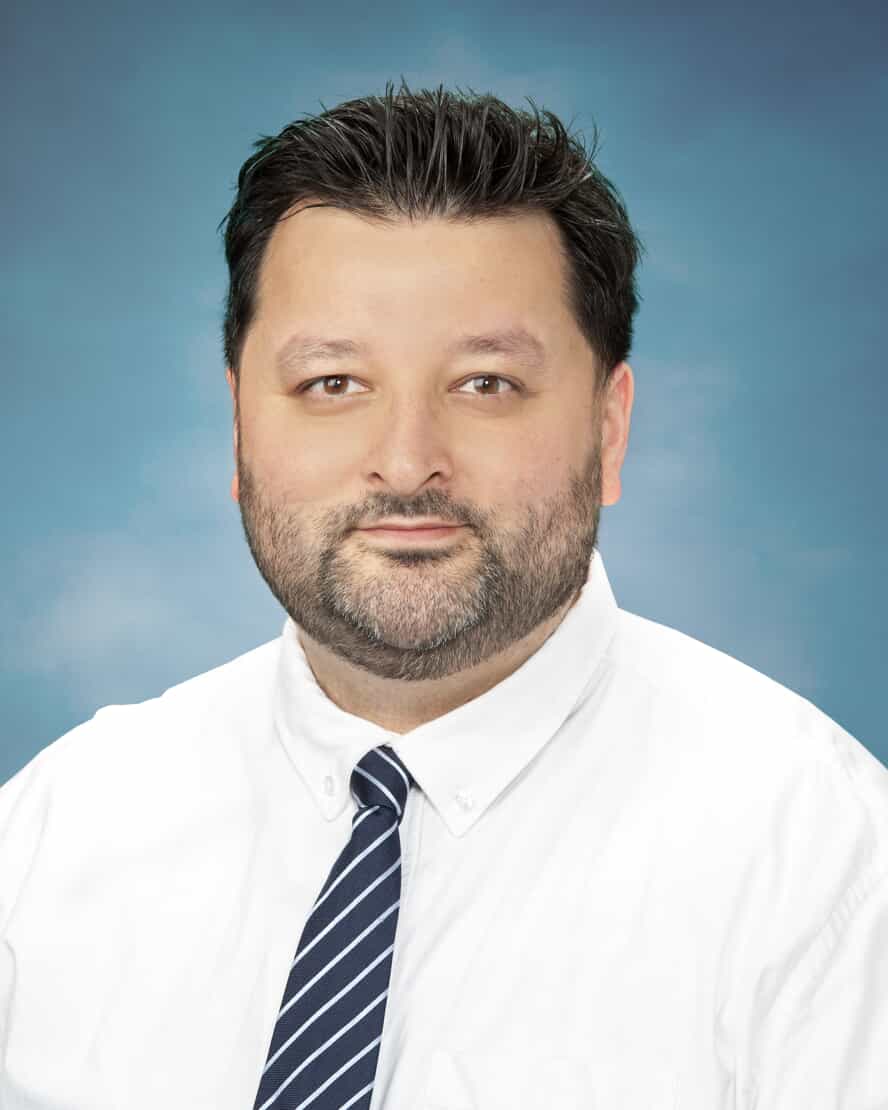Stroke: Know the Signs and Risk Factors
- Category: Did You Know?
- Posted On:

On average, someone suffers a stroke every 45 seconds in the United States. Stroke is a leading cause of serious, long-term disability in the United States.
The good news is there are several steps you can take to reduce your risk of stroke. Getting treatment within 60 minutes of stroke symptoms can prevent disability, and increase chances of survival. May is recognized as American Stroke Awareness Month by the National Stroke Association, so it’s a good time to review a few facts that might save your life!
Signs of stroke include sudden:
- Weakness/numbness of the face, arm, or leg, especially on one side of the body
- Confusion, trouble speaking, or understanding
- Trouble seeing in one or both eyes
- Sudden trouble walking, dizziness, loss of balance or coordination
- Sudden severe headache with no known cause
Uncontrollable Risk Factors for Stroke
- Age, for every decade over 55 years of age stroke risk increases
- Gender, men have a slightly higher stroke risk than women
- Family history, people with a family history of stroke are at risk for stroke themselves
- Race, African Americans and Hispanics have 2-3 times the stroke risk of most other ethnic groups
- Previous TIA (mini-stroke) or stroke, more than 1/3 of people who have TIA’s will have a stroke
- If you already had a stroke, you are up to 10 times more likely to have another
Controllable Risk Factors for Stroke
Know your controllable risk factors for stroke and work with your physician who can guide you in making good choices to help decrease your risk.
- High blood pressure is the single most controllable risk factor for stroke. Having high blood pressure increases stroke risk 4 to 6 times.
- Diabetes
- Heart disease and high cholesterol
- Atrial fibrillation is an irregular heart beat that can increase stroke risk 4 to 6 times.
- Smoking doubles your risk for stroke
- Excess weight makes people more likely to have other stroke risk factors
Use the letters in BE FAST to recognize stroke symptoms and get help immediately:
- B: Balance. Sudden loss of balance.
- E: Eyes. Blurred, double vision or loss of vision in one or both eyes.
- F: Face drooping or numb on one side.
- A: Arm weakness or numbness on one side.
- S: Speech that is slurred, hard to understand or the inability to speak.
- T: Time. Call 911 immediately for any of these symptoms, even if they go away.
Winchester Medical Center (WMC) is an Advanced Primary Stroke Center certified by the Joint Commission. Patients who receive treatment at a Primary Stroke Center have the best chance to survive a stroke and go on to have meaningful recovery. Residents of the Shenandoah Valley and beyond benefit from Valley Health’s advanced stroke care any time, day or night.

Habibullah Ziayee, MD, is a fellowship-trained interventional neurologist with Winchester Neurological Consultants I Valley Health. Dr. Ziayee says residents of the Shenandoah Valley and beyond have access to lifesaving medical specialty.
“Interventional neurology offers possibilities that weren’t available in the past. Twenty or 30 years ago, there wasn’t much that doctors could do to stop a stroke. Now we can intervene. The procedures we do work directly on the problem without disturbing other tissues of the brain or body.”
Dr. Ziayee agrees that when it comes to stroke care, time is the leading factor of a positive patient outcome. Interventional neurology allows doctors to remove the blood clot causing a stroke through minimally invasive techniques. This procedure, called thrombectomy, restores blood flow and can save brain tissue.
“Until recently, the time window was six hours or less. But studies show that thrombectomy can be beneficial up to 24 hours after stroke symptoms begin. Nevertheless, the sooner a person recognizes and gets help for stroke, the better the outcome. The key is to call 911 immediately. But the expanded window means better stroke care for more people.”
Learn more about Valley Health stroke care, American Stroke Awareness Month, and more below!
Resources
Winchester Medical Center I Advanced Primary Stroke Center


